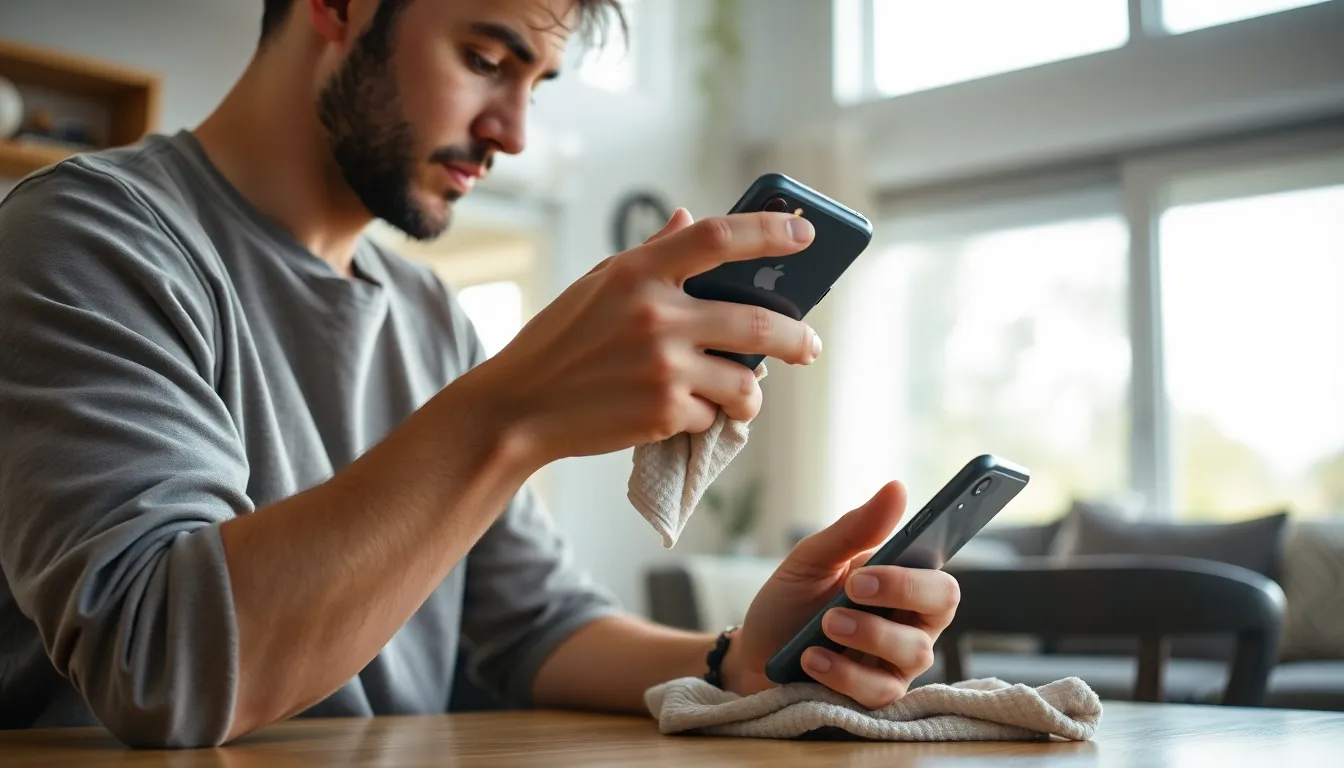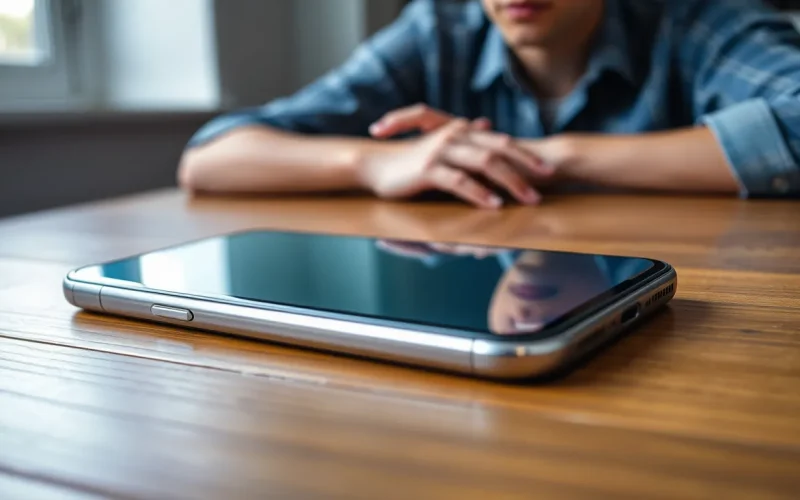Table of Contents
ToggleEver wondered how long that shiny iPhone in your pocket will stick around before it decides to take an eternal vacation? With countless apps, constant updates, and a battery life that sometimes feels like a ticking time bomb, it’s a question that’s crossed every iPhone owner’s mind.
Understanding iPhone Lifespan
iPhone longevity is influenced by various factors. Understanding these factors helps users gauge their device’s durability.
Factors Influencing Longevity
Battery health plays a crucial role in an iPhone’s lifespan. Performance slows notably as battery capacity diminishes. Software updates often introduce features that put additional strain on older models. App usage also affects longevity; running many resource-intensive apps can hinder performance. The environment where the iPhone is used impacts its durability. Extreme temperatures can affect battery and internal components. Regular maintenance, such as keeping the device clean, contributes to overall longevity.
Average Lifespan of Various Models
Different iPhone models exhibit varying lifespans. The iPhone 6 may last 4 to 6 years, while the iPhone 11 remains functional for 5 to 7 years. Newer models, such as the iPhone 13, often last around 6 to 8 years. Apple’s software support lasts approximately 5 years for each model, enhancing usability. Users can expect the battery to degrade over time, typically lasting about 2 to 3 years before replacement becomes necessary. These general estimates allow users to plan for future needs.
Maintenance Tips for Longevity

Maintaining an iPhone effectively can significantly extend its lifespan. Following specific practices ensures optimal performance and longevity of the device.
Software Updates and Support
Updating to the latest software version enhances security and functionality. Apple provides regular updates that improve performance and introduce additional features. Users typically benefit from software support for about five years after release. New models often feature optimizations that enhance efficiency, supporting older devices through software enhancements. Keeping the device updated helps mitigate potential security risks. An updated operating system can lead to better battery management and overall functionality.
Best Practices for Care
Handling devices with care prevents damage that could shorten their lifespan. Utilizing a protective case helps shield the phone from drops and scratches. Additionally, cleaning the screen regularly prevents buildup that can interfere with touch sensitivity. Charging the iPhone with original chargers promotes battery health and efficiency. Turning on battery optimization settings extends its overall capacity. Lowering screen brightness and reducing background app activity further conserves power. Storing the device in moderate temperatures safeguards against unnecessary strain on components.
Signs Your iPhone May Be Worn Out
Identifying signs of wear can help determine when an iPhone needs attention. Several indicators can signal impending issues.
Performance Issues
Frequent crashes or app freezes often suggest performance decline. Delays when opening apps or loading content can indicate a struggling device. Users might notice slower responses during typical tasks, which points to reduced efficiency. Older iPhones may fail to run the latest apps smoothly due to software demands. Continuous performance issues generally mean it’s time to evaluate the device’s condition.
Battery Health
Significant battery drain throughout the day may indicate battery problems. Rapid reductions in battery percentage, even during light usage, often raise concerns about battery life. If charging takes longer than usual or the battery doesn’t reach 100%, degradation is likely. In many cases, battery replacements can offer a temporary solution, yet monitoring battery health through settings provides a clearer picture. Users should prioritize checking battery health regularly to ensure optimal performance.
When to Consider an Upgrade
Upgrading an iPhone often becomes necessary as technology evolves. Several indicators suggest when it’s time to make a change.
New Features and Technology
New iPhone models incorporate advanced technology and features that enhance user experience. Camera improvements, faster processors, and better display quality come with newer generations. iPhone users may miss out on significant functionalities, like improved AI capabilities or augmented reality features, by sticking to older models. Frequent software updates optimize performance, but these updates sometimes prioritize newer hardware. Users facing compatibility issues with apps or features should evaluate the benefits of upgrading. Observing these advancements could clarify the need for a more current device.
Cost vs. Value Analysis
Analyzing the costs associated with maintaining an older iPhone versus purchasing a new one is essential. Repair costs, including battery replacements, can accumulate over time. Moreover, outdated devices often struggle with essential apps, limiting their value. Assessing how much longer an older model can support daily tasks informs the upgrade decision. Financing options, like trade-in programs, also improve affordability for new models. Evaluating the overall functionality and how it aligns with personal needs can highlight potential value in upgrading.
Understanding how long an iPhone can last is crucial for users looking to maximize their investment. With proper care and maintenance, many iPhone models can provide several years of reliable performance. Staying updated with software and practicing good battery management can significantly enhance longevity.
As technology continues to evolve, recognizing when an upgrade is necessary ensures users stay connected with the latest features and functionalities. By monitoring performance and assessing personal needs, users can make informed decisions about their iPhone’s lifespan and potential upgrades. Ultimately, a well-maintained iPhone can serve its owner well for years, making it a valuable companion in daily life.





